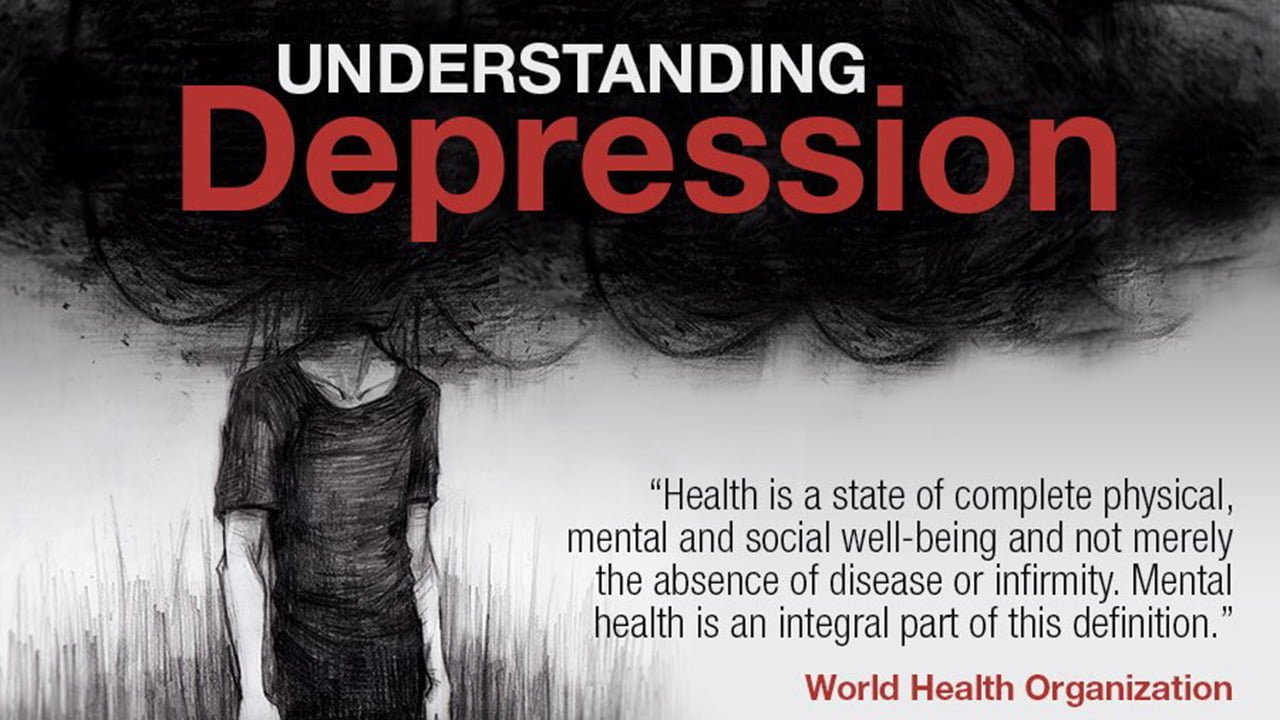A non-communicable disease (NCD) is a disease that is not transmissible directly from one person to another. NCDs include Parkinson’s disease, autoimmune diseases, strokes, most heart diseases, most cancers, diabetes, chronic kidney disease, osteoarthritis, osteoporosis, Alzheimer’s disease, cataracts, and others.
Non-Communicable Diseases: Understanding the Modern Health Challenge
In today’s fast-paced world, health concerns have evolved beyond infectious diseases. Non-communicable diseases (NCDs) have emerged as a significant health challenge, affecting millions of people globally. In this article, we will delve into the intricacies of NCDs, exploring their causes, impact, prevention, and management. Let’s navigate through this critical topic to gain a comprehensive understanding of the challenges posed by non-communicable diseases.
Table of Contents
- Introduction
- Defining Non-Communicable Diseases (NCDs)
- The Four Main Categories of NCDs
- 3.1 Cardiovascular Diseases
- 3.2 Cancer
- 3.3 Chronic Respiratory Diseases
- 3.4 Diabetes
- Causes and Risk Factors
- 4.1 Lifestyle Factors
- 4.2 Genetic Predisposition
- 4.3 Environmental Triggers
- Global Impact of NCDs
- 5.1 Economic Burden
- 5.2 Healthcare Systems
- 5.3 Societal Implications
- Prevention and Lifestyle Changes
- 6.1 Healthy Diet and Nutrition
- 6.2 Regular Physical Activity
- 6.3 Avoiding Harmful Habits
- Early Detection and Screening
- 7.1 Importance of Regular Check-ups
- 7.2 Common Screening Tests
- Managing Non-Communicable Diseases
- 8.1 Medication and Treatment
- 8.2 Lifestyle Modification as Therapy
- The Role of Technology
- 9.1 Health Monitoring Apps
- 9.2 Telemedicine and Remote Care
- Government Initiatives and Policies
- 10.1 Tobacco and Alcohol Control
- 10.2 Public Health Campaigns
- Support and Resources for Patients
- 11.1 Patient Support Groups
- 11.2 Accessible Information
- Conclusion
Introduction
As medical advancements continue to extend human lifespans, non-communicable diseases have become a significant concern. Unlike communicable diseases, which spread from person to person, NCDs generally develop over time due to a combination of factors. These diseases pose a considerable threat to both individuals and public health systems, necessitating a comprehensive approach to prevention and management.
Defining Non-Communicable Diseases (NCDs)
Non-communicable diseases, often referred to as chronic diseases, are medical conditions that are primarily caused by genetic, environmental, and lifestyle factors. Unlike communicable diseases, NCDs cannot be transmitted from one person to another and tend to progress slowly over a prolonged period.
The Four Main Categories of NCDs
3.1 Cardiovascular Diseases
Cardiovascular diseases encompass a range of conditions that affect the heart and blood vessels. These include heart attacks, strokes, and hypertension. Lifestyle choices such as poor diet, lack of exercise, and smoking can significantly increase the risk of cardiovascular diseases.
3.2 Cancer
Cancer refers to the uncontrolled growth of abnormal cells in the body. It can occur in various organs and is influenced by genetic predisposition, exposure to carcinogens, and other factors. Early detection through screenings plays a crucial role in improving cancer outcomes.
3.3 Chronic Respiratory Diseases
Chronic respiratory diseases, including chronic obstructive pulmonary disease (COPD) and asthma, affect the airways and lungs. Environmental factors like air pollution and smoking are major contributors to these diseases.
3.4 Diabetes
Diabetes is characterized by high blood sugar levels due to insufficient insulin production or improper response to insulin. It can result in various complications, emphasizing the need for proper management and lifestyle adjustments.
Causes and Risk Factors
4.1 Lifestyle Factors
Unhealthy lifestyles, including poor diet, sedentary behavior, tobacco use, and excessive alcohol consumption, contribute significantly to the development of NCDs.
4.2 Genetic Predisposition
Genetic factors can make certain individuals more susceptible to specific NCDs. Understanding one’s genetic risk can help in proactive management.
4.3 Environmental Triggers
Exposure to environmental factors such as pollution, toxins, and unhealthy living conditions can increase the risk of NCDs.
Global Impact of NCDs
5.1 Economic Burden
NCDs impose a substantial economic burden on both individuals and societies. Medical treatments, loss of productivity, and increased healthcare expenditure contribute to this burden.
5.2 Healthcare Systems
The prevalence of NCDs strains healthcare systems worldwide, demanding resources for diagnosis, treatment, and long-term care.
5.3 Societal Implications
NCDs can lead to reduced quality of life, impacting families, communities, and societies as a whole.
Prevention and Lifestyle Changes
6.1 Healthy Diet and Nutrition
Adopting a balanced diet rich in fruits, vegetables, whole grains, and lean proteins can significantly reduce the risk of NCDs.
6.2 Regular Physical Activity
Engaging in regular exercise helps maintain a healthy weight, manage stress, and support cardiovascular health.
6.3 Avoiding Harmful Habits
Quitting tobacco use and moderating alcohol consumption are critical steps in preventing NCDs.
Early Detection and Screening
7.1 Importance of Regular Check-ups
Regular health check-ups enable early detection of risk factors and conditions, allowing for timely intervention.
7.2 Common Screening Tests
Screening tests like blood pressure measurement, cholesterol checks, and mammograms aid in identifying potential health concerns.
Managing Non-Communicable Diseases
8.1 Medication and Treatment
Medical interventions, including prescription medications, can effectively manage NCDs and improve patients’ quality of life.
8.2 Lifestyle Modification as Therapy
Lifestyle changes, such as adopting a heart-healthy diet and increasing physical activity, can complement medical treatment.
The Role of Technology
9.1 Health Monitoring Apps
Technological advancements have led to the development of apps that allow individuals to monitor their health parameters regularly.
9.2 Telemedicine and Remote Care
Telemedicine enables remote consultations with healthcare providers, facilitating ongoing management of NCDs.
Government Initiatives and Policies
10.1 Tobacco and Alcohol Control
Government policies that restrict tobacco advertising and promote smoke-free environments contribute to NCD prevention.
10.2 Public Health Campaigns
Public health campaigns raise awareness about NCDs and encourage healthy lifestyle choices.
Support and Resources for Patients
11.1 Patient Support Groups
Support groups provide patients with a platform to share experiences and coping strategies.
11.2 Accessible Information
Access to reliable health information empowers individuals to make informed decisions about their well-being.
Conclusion
Non-communicable diseases represent a complex and multifaceted health challenge of our time. By understanding the causes, risks, and preventive measures associated with NCDs, individuals can take proactive steps towards healthier lifestyles and better overall well-being. It’s essential for governments, healthcare systems, and society at large to collaborate in addressing this pressing issue for the betterment of present and future generations.
FAQs
Q1: What are non-communicable diseases?
Non-communicable diseases (NCDs) are medical conditions that are primarily caused by factors such as genetics, environment, and lifestyle choices. Unlike communicable diseases, NCDs cannot be transmitted from one person to another and typically develop over time due to a combination of these factors.
Q2: How do lifestyle choices contribute to NCDs?
Lifestyle choices play a significant role in the development of NCDs. Unhealthy habits such as poor diet, lack of physical activity, tobacco use, and excessive alcohol consumption can contribute to conditions like cardiovascular diseases, diabetes, and certain types of cancer.
Q3: Can genetic factors increase the risk of NCDs?
Yes, genetic factors can indeed increase the risk of NCDs. Some individuals might have genetic predispositions that make them more susceptible to certain conditions. However, lifestyle choices still play a crucial role, as they can either mitigate or exacerbate the genetic risk.
Q4: Why is early detection important for NCDs like cancer?
Early detection is vital for NCDs like cancer because it greatly improves the chances of successful treatment and better outcomes. Detecting cancer at an early stage often means that it hasn’t spread significantly, making it more treatable. Regular screenings can help identify potential issues before they become advanced and harder to manage.
Q5: How can technology aid in managing NCDs?
Technology has introduced valuable tools for managing NCDs. Health monitoring apps allow individuals to track their health parameters, such as blood pressure and blood sugar levels, conveniently. Additionally, telemedicine enables remote consultations with healthcare professionals, making it easier for patients to receive guidance and advice without the need for in-person visits. These technological advancements enhance patient engagement and proactive management of NCDs.











